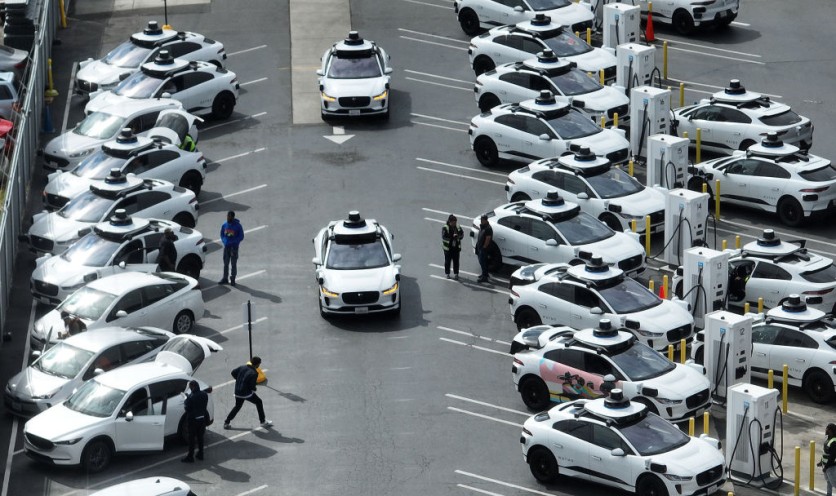Two new reports of General Motors' self-driving Cruise will reportedly be investigated by the National Highway Traffic Safety Administration (NHTSA) after the self-driving cars inappropriately hard braked, resulting in collisions.
The report indicates that the additional information on the two new crash reports will be obtained by November 3, while it stated that the coalition happened the Cruise vehicles "braked with no obstacles ahead."
Cruise responded, as stated in the report, by welcoming the NHTSA's questions about its safety records and operations, thereby continuing to cooperate with the authorities during the ongoing investigation.

The additional two accidents will be added to a reportedly December-opened probe that already had multiple incidents depicting the Cruise unit becoming immobile and inappropriately hard braking before the additional reports.
These reports are described as three collisions wherein the automated cars abruptly braking caused the Cruise vehicles to be struck from behind by other vehicles. The safety agency's initial assessment, which includes 242 Cruise automated vehicles, a recall may be requested after the probe.
NHTSA recently opened a probe on General Motors' Cruise, as per a Reuters report, questioning whether or not it is taking enough precautions with its self-driving unit.
NHTSA's probe was reportedly after the US agency received two reported and identified two videos depicting earlier incidents that have jeopardized pedestrian safety by "encroaching on pedestrians present in or entering roadways, including pedestrian crosswalks, in the proximity of the intended travel path of the vehicles," thereby increasing the likelihood of a pedestrian collision.
A pedestrian was hit twice by a Cruise robotaxi on October 2 in San Francisco after being hit once by a hit-and-run motorist who fled the scene. The robotaxi could not stop in time, trapping the pedestrian for a while.
Read Also : 'Futuristic' Self-Driving Cars May Leave People With Disabilities Behind, Researchers Fear
Other State Concerns on GM's Cruise
A different state also had concerns about the self-driving car. California's Department of Motor Vehicles recently ordered the company to remove the Cruise unit from state highways, claiming the vehicles posed a risk to the general public and that the corporation had "misrepresented" the safety of the technology.
Bryant Walker Smith, a law professor at the University of South Carolina, said, "This could be a big blow to Cruise." "This plays into the narrative about the technology and the companies failing. The whole industry will suffer as a result."
Currently, according to Auto Insurance, there is no total ban on self-driving cars but only specific models of self-driving cars, as is what happened in the state of California on General Motors' Cruise.
Currently, 29 states plus D.C. have passed legislation, governors in 10 states have issued executive orders, and nine states have laws that are pending or have failed altogether during the voting process, as stated in the Auto Insurance's July updated website.
Research on Self-Driving Cars
Researchers have previously spoken on self-driving cars' effectiveness and possible future implications, with a Tech Times report stating that it could slow down traffic.
The study found that while "connected" vehicles exchanging data wirelessly can significantly enhance travel time at intersections, self-driving cars without such connectivity might slow down traffic.
A cybersecurity expert also noted that self-driving cars can "hallucinate" through a new cyberattack. A report states that this new technique manipulates the perception of self-driving cars and drones, potentially threatening their safe operation.
Related Article : Researchers Develop Self-Healing Lens, Preventing Traffic Accidents in Self-Driving Vehicles

![Apple Watch Series 10 [GPS 42mm]](https://d.techtimes.com/en/full/453899/apple-watch-series-10-gps-42mm.jpg?w=184&h=103&f=9fb3c2ea2db928c663d1d2eadbcb3e52)



